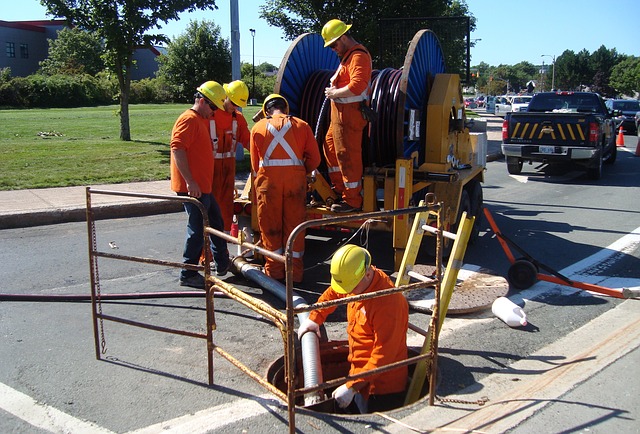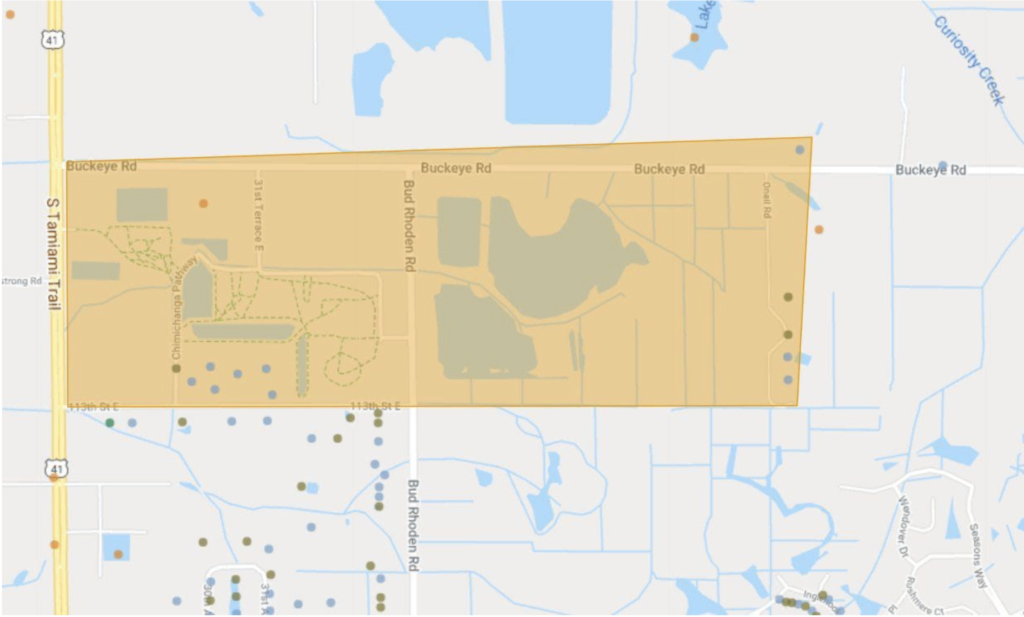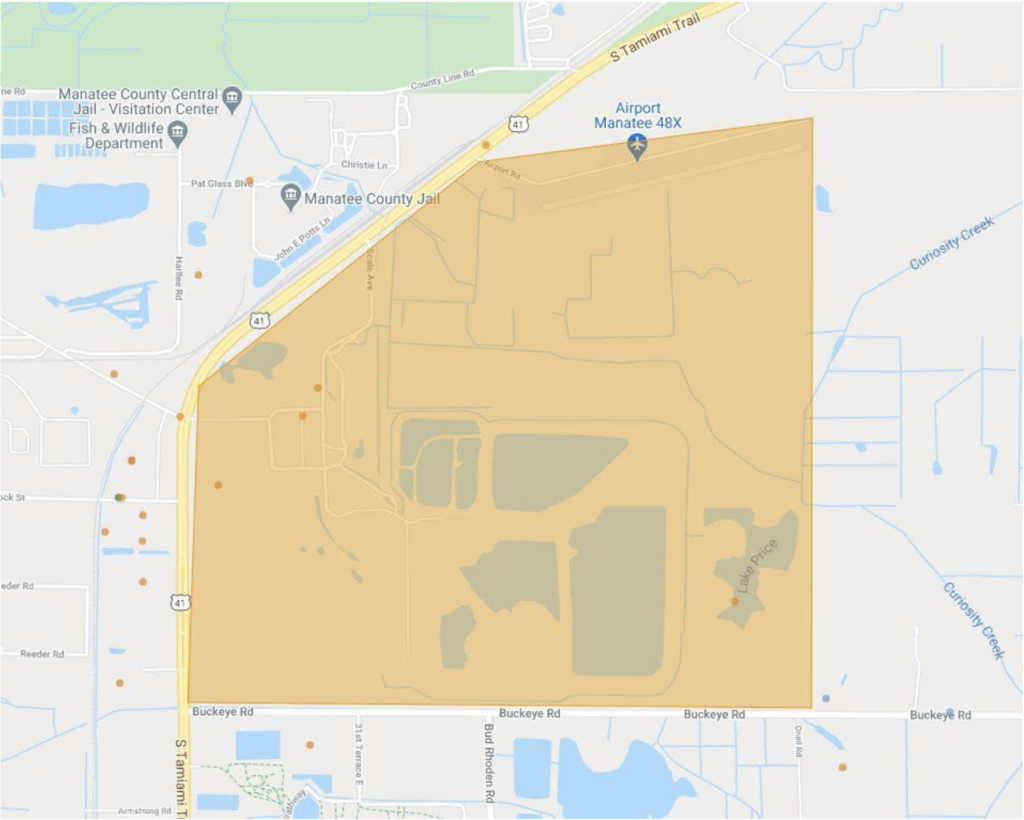First established in 1838 as a 2,000-acre cotton farm, McCall Farms in Effingham, South Carolina has grown into a 1.1 million-square-foot food manufacturing facility with over 1,000 employees.
According to OSHA documents from an investigation, an OSHA compliance officer (CO), while in the midst of investigating a man’s death at McCall Farms in Effingham was informed by the manufacturing plant’s co-president that another employee had been injured within the last day.
The SC OSHA investigation documents into the 2020 death read:
“After discussing the plans for interviews, CO-President McCall Swink informed the CO that there was an employee that sustained an amputation during the previous night’s sanitation process in the sweet potato cut room.”
In addition to disclosing the amputation to the on-site inspector, Swink was told that the injury needed to be reported to the state OSHA office. Swink then gave permission to the on-site inspector to inspect and take photos of the machine that caused the injury before it went back into service.
Within the month, OSHA had to investigate a second amputation at the facility. Six months later, this would open another investigation into another fatality after an employee, Ryan Seither died while working there.
According to more than 500 pages of OSHA inspection records, there have been found to be multiple violations at the site and gaps in McCall Farms’s safety procedures, including dangers around food processing equipment that either had already or had the potential to injure its employees, since the fatality in September.
2018 to 2020
According to state OSHA records,10 violations were found in 1997, although the report does not detail the severity of the violations. It also found nine violations at McCall Farms from 2014 until the first fatality in 2020.
An investigation was conducted in 2018 after an employee cut and broke their arm after their sleeve got caught on a screw press while they were trying to remove greens from it. The employee had been on a catwalk using a pressure washer to clean the screw press as it turned. The employee had not shut the screw press down before cleaning it, and it had not been locked out. According to the documents, the employee did undergo general lockout training but did not have a lock and tag to perform it for the press. Only supervisors were allowed to lockout and tagout the press.
The case audit labeled the violations as “serious,” stating that McCall Farms did not give lockout and tagout training, or equipment to turn off the screw press to those who cleaned it. The screw press was also uncovered. In addition, the company’s overall safety and health program was evaluated as “deficient”. However, an informal settlement agreement lowered the business’s penalty for the violations from $7,875 to $3,937.50.
The settlement documents read: “The Employer is entering into this agreement for economic reasons only and specifically does not admit the truth of any alleged facts, any of the characterizations of the alleged conduct, or any of the conclusions set forth in the citations issued in this matter”.
The injured employee was admitted into a hospital, received stitches, and was released from the hospital the following day. They were expected to need therapy.
The Frank Jolley Investigation
OSHA was alerted by McCall Farms of two more incidents that injured employees during the September 2020 fatality investigation.
OSHA did not name the person who was killed, however, Keith von Lutcken, the Florence County coroner, identified the man as Francisco Carlos Jolley soon after the incident.
According to OSHA documents, on Sept. 3, 2020, Jolley — known as “Frank,” — was with a group of electrical subcontractors working on connecting temporary power to ventilation fans on the roof above the tomato line when he came into contact with a live, exposed conductor of the supply wiring and was electrocuted.
In response, McCall Farms has donated $10,000 to the Florence County Disabilities Foundation in Jolley’s memory.
During the opening conference for the OSHA investigation, McCall Swink “expressed the family nature of the establishment, the care of their employees that the employer had, and the seriousness of safety of employees”.
When the inspector returned on Sept. 8, Swink informed them that another employee was injured. The employee had sustained an amputation the previous night while they were sanitizing the sweet potato cut room. The employee’s right ring finger was amputated close to the first knuckle.
McCall Farms reported a second amputation on Oct. 5. OSHA also received an anonymous complaint about potential violations
The second amputation occurred after an employee was rotating a blade wheel and they were hit by the free-spinning blade. The employee’s right pinky finger was cut off by the first knuckle. At the time, the trans-slicer they were working on was shut down, isolated from its energy source and a lockout/tagout device was applied to it.
According to OSHA records, citations were issued for McCall Farms, including items such as failing to provide fall protection for an employee, failing to create, document, and use procedures for the control of potentially hazardous energy, that lockout/tagout procedures were not used when cleaning a trans-slicer in the sweet potato cut room and cut-resistant gloves were not given to employees who changed and adjusted blades in the trans-slicer.
Some of the violations were immediately corrected during the inspection.
For the incident listed on the day of Jolley’s death, the documents stated that an employee was not stopped from working on an energized electrical circuit conductor whilst making temporary connections for a ventilation fan motor on the roof of the tomato line.
OSHA made recommendations such as creating an electrical safety program, job safety planning and job briefings before each job that would expose staff to electrical hazards.
McCall Farms management told OSHA that their goals covered creating a machine guarding task force, partnering with the South Carolina OSHA Office of Outreach and Education, and improving safety programs.
An OSHA workforce analysis reads that “The employer did analyze their facilities, processes, and equipment; however, this element was rated as deficient due to inadequate guarding identified in the inspection and energy control deficiencies that may have been properly addressed with a more thorough analysis on processes such as but not limited to wiring of ventilation fans and the means to ensure that the de-energizing work rule was being followed”.
The report states that machine guarding may have been improved through a more in-depth analysis of the processes in the sweet potato cut room. McCall Farms safety team regularly walked through the production lines and checked for safety items, according to the report, and employees felt comfortable approaching managers with their concerns. Nonetheless, employees were not taking the steps or had created a process, to confirm the energy control for the trans-slicers before beginning maintenance on them.
Because of the inspection, McCall Farms reviewed its lockout/tagout program, according to the documents. It also provided documentation that it disciplined employees for breaking safety rules.
Following the September 2020 death of Frank Jolley, McCall Farms was given an initial penalty of $34,375. After the fatality inspection, that penalty was reduced to $26,125.
“Cause You Pause”
Ryan Seither was a contractor with Innovative Refrigeration Systems in Virginia and was not an employee of McCall Farms. The fatality investigation following the February death of Seither is still ongoing, and so OSHA documents were not available at the time of publication. Seither’s cause of death is still pending as authorities wait for toxicology reports, according to Florence County Coroner Keith von Lutcken.
Davids said that McCall Farms did not supervise his work and that at the time of his death, Seither was working on the refrigeration system alone while the plant was closed.
Darryl Davids, the vice president for human resources at McCall Farms, has said that he implemented many safety procedures to prevent employees from being injured. After the recent injuries and fatalities, he said the plant has focused on retraining employees on lockout and tagout procedures, confined spaces, arc flashes, powered industrial equipment, fall protection, and hot work permits. It also has a safety team.
“Retraining for current employees has taken place along with improved guarding around equipment with moving parts,” Davids said.
Since the incidents, Davids said its lone worker safety policies remain as it relates to contractors. There are also personal protective equipment and general contractor safety rules that include lockout and tag-outs, along with other compulsory OSHA regulations.
Davids also stated, “We had already started the process for VPP Certification with OSHA as well as partnering with them for OSHA Consultative On-site Services.”
Employers must notify OSHA within eight hours of a fatality. Businesses must also contact OSHA if there is an incident that injures three or more people or if an employee is hospitalized.
According to Kristina Baker, the deputy director for labor for the South Carolina Department of Labor, SC OSHA investigations can take between a day and six months to complete. She stated that their “goal is to always work with that employer to figure out what is going on — have you expanded your facility or have new safety directors? — those kinds of things.”
Once on-site, Baker said a compliance officer must announce themselves before going to the area where the incident took place. The investigation focuses on the area where an incident occurred, but any hazards spotted along the way are also noted. Sometimes, dangers can be fixed on the spot. Others, the solution includes ordering new equipment, which can take weeks. If there’s something that could put employers in danger, that piece of equipment or process is immediately taken out of commission until additional steps to correct the issue are taken.
The process of calculating financial penalties for violations takes into account the employer’s safety history with OSHA. This includes: how often the agency has been on site, how many citations the company has had, and how willing it’s been to work with OSHA to resolve the issues, as employers are required to take steps to fix the violations. Employers also have the right to try and decrease this penalty.
This can be done by going through an informal conference process with a CO. The company must explain what they are doing to correct a hazard. Potential solutions can be re-training or purchasing additional safety equipment.
Baker said that McCall Farms has been cooperative with SC OSHA and the investigations and that it does not suspect that there have been unreported incidents at the Effingham business.
Davids says that McCall Farms is committed to providing a safe workplace.






